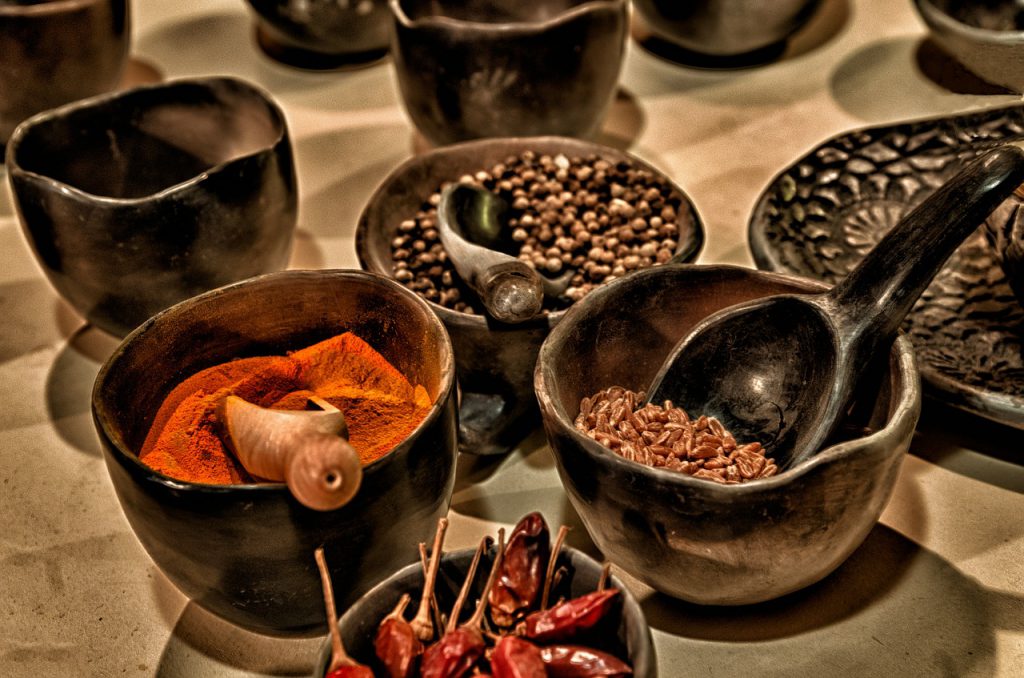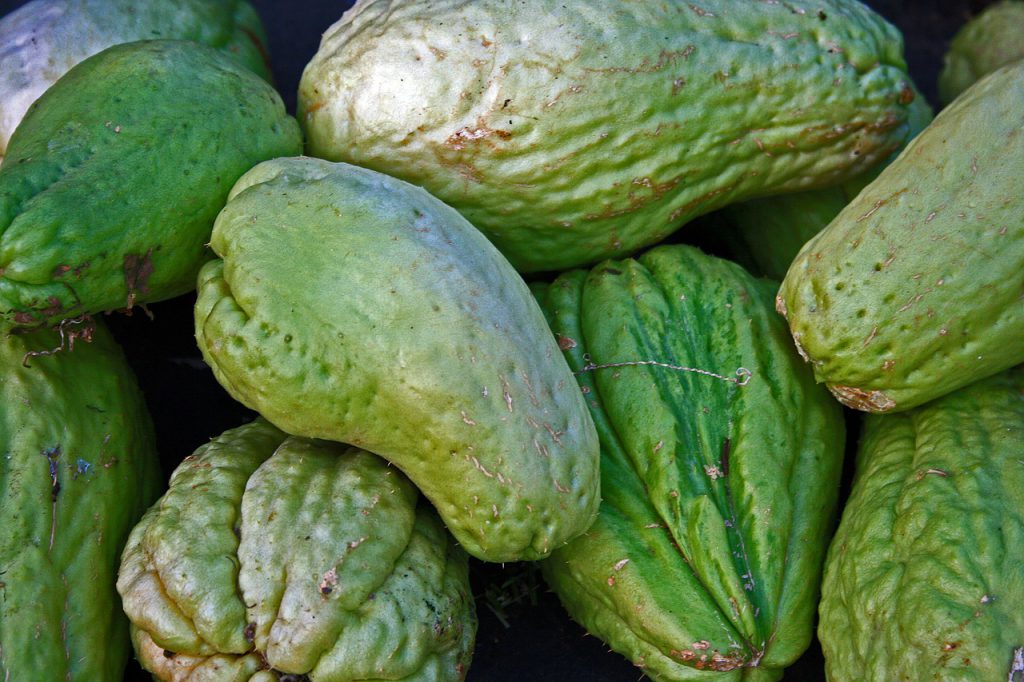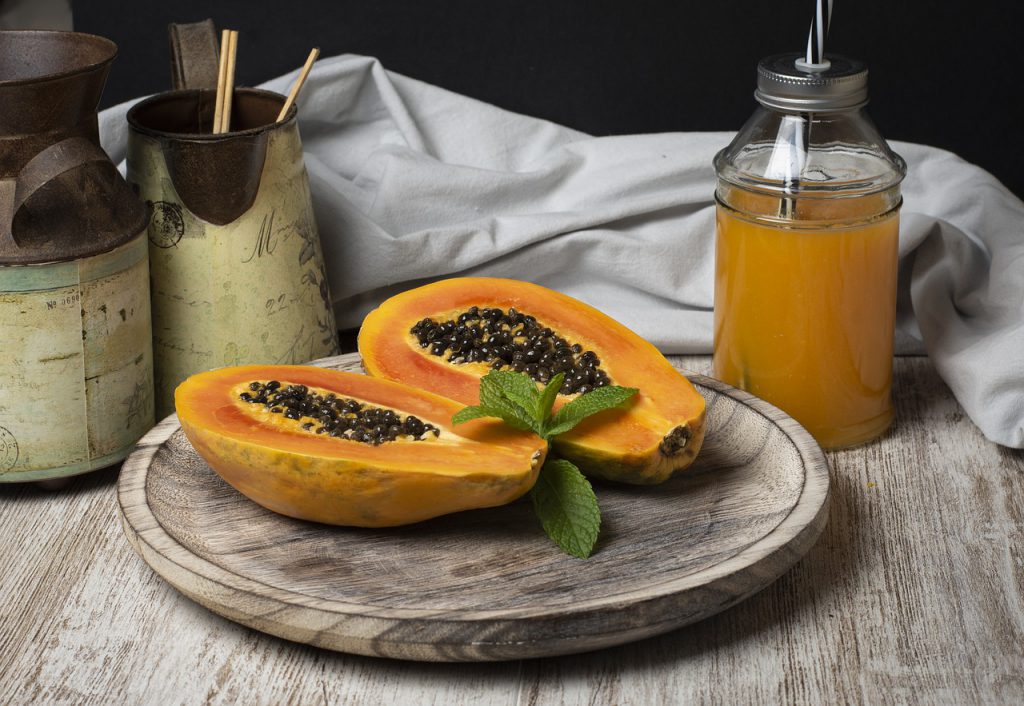America is known as the melting pot of the world, where thousands of families from countries outside of the United States have come to seek a better future. That means their cultures have converged here, as well, and we want to celebrate that.
Unfortunately, immigrants and their families weren’t (and still aren’t, to an extent) always able to be themselves in the public eye. But America has come to love international food to the point where it could be argued that there is no true traditional “American” food. Instead, our cuisine is a blend of flavors and cultural traditions.
If you live anywhere in America, you’ve probably heard the saying that the best Mexican food you can get is down south. Northerners can’t really take offense to this – after all, our examples of Mexican cuisine are based around companies such as Chipotle with Their Burrito-Heavy Menus.
So what does it mean to have true Mexican cuisine? BBC’s GoodFood has their own list of amazing dishes to try if you happen to be traveling in that direction, but if not, is it possible to add a bit of Mexican flavor and flare to your dishes at home?
Below are some of the essential ingredients and common dishes that people all over the world have fallen in love with. Be a little adventurous, give some spice a try, and see where it takes your everyday meals!
Spice:
You’re most likely already familiar with two of the most popular spices used in Mexican Dishes: garlic and oregano.
So we’re going to pass on them, but be warned – we aren’t talking garlic powder, we mean thick chunks of that gorgeously potent root! Try stuffing pork with some cloves.

Cilantro is an herb that, depending on your genetic makeup, may taste unappealingly like soap. But for those of us who don’t find it off-putting, it’s a wonderful and fresh addition to salsas and guacamole. It’s also not a hard plant to grow, so if you’re familiar with gardening or would like to try your hand at container gardening, this would be a great option.
Chili Powder, unlike many hot peppers, packs exactly the right amount of heat. It isn’t overwhelming, but it doesn’t get lost among the other flavors in a dish, either. Use it in Homemade seasonings or add it to a chocolate dish to give that sweetness a little bite.
Vegetables:
Chayote squash – it’s an up-and-coming addition to grocery stores when in season, and you should do more than just give it that weird side-eye. You can cook chayote just like you would any summer squash (think: zucchini) and how you choose to do so depends on if you like a crispy or mushy texture. Try grilling it for a bit of flavor.

Tomatillos can be fried, boiled, or steamed. They’re a part of the nightshade family, meaning they’re related to tomatoes. They originated in Mexico and are most commonly used in salsa verde. The flavor profile varies from sweet to tart, so do your research before choosing to base a dish around this vegetable.
Probably the least pleasing on our list to look at, jicamas (pronounced “hee-cama”) are a root vegetable that doesn’t let on how good they taste. They are large, bulbous, and look like a strange brown beet. The texture of the meat is similar to a potato, but the taste is more like that of an apple – sweet and crisp. Jicamas are great for adding crunch to a salad or baking whole.
Fruits:

Papayas can be found in almost all grocery stores, and they’re a very striking fruit. The seeds are almost caviar-like, and the fruit slices easily when ripe. They’re suspected to have originated in Southern Mexico. When eaten raw and ripe papaya is similar in taste to a melon, though a little sweeter. It’s a great option for adding variety to a smoothie or shaved into a salad.
Drinks:
You may have seen Horchata written on the board at your local coffee shop, and not been brave enough to ask what exactly it is. Mexican Horchata is made with rice milk and flavored with vanilla and cinnamon. Because of its rising popularity in the US, the beverage can now be bought pre-packaged and pre-made. It’s great chilled or hot.
Some of you may have already tried the options we have on this list, and that’s great! Opening yourself up to the influence of other cultures and foods that we don’t normally use in our everyday lives can make things more exciting.
We want to make it clear that although the term “Mexican Cuisine” is used often, there are actually many different regions of the country where food and tradition varies. And as always, the best way to get a taste of the culture is to actually visit!








